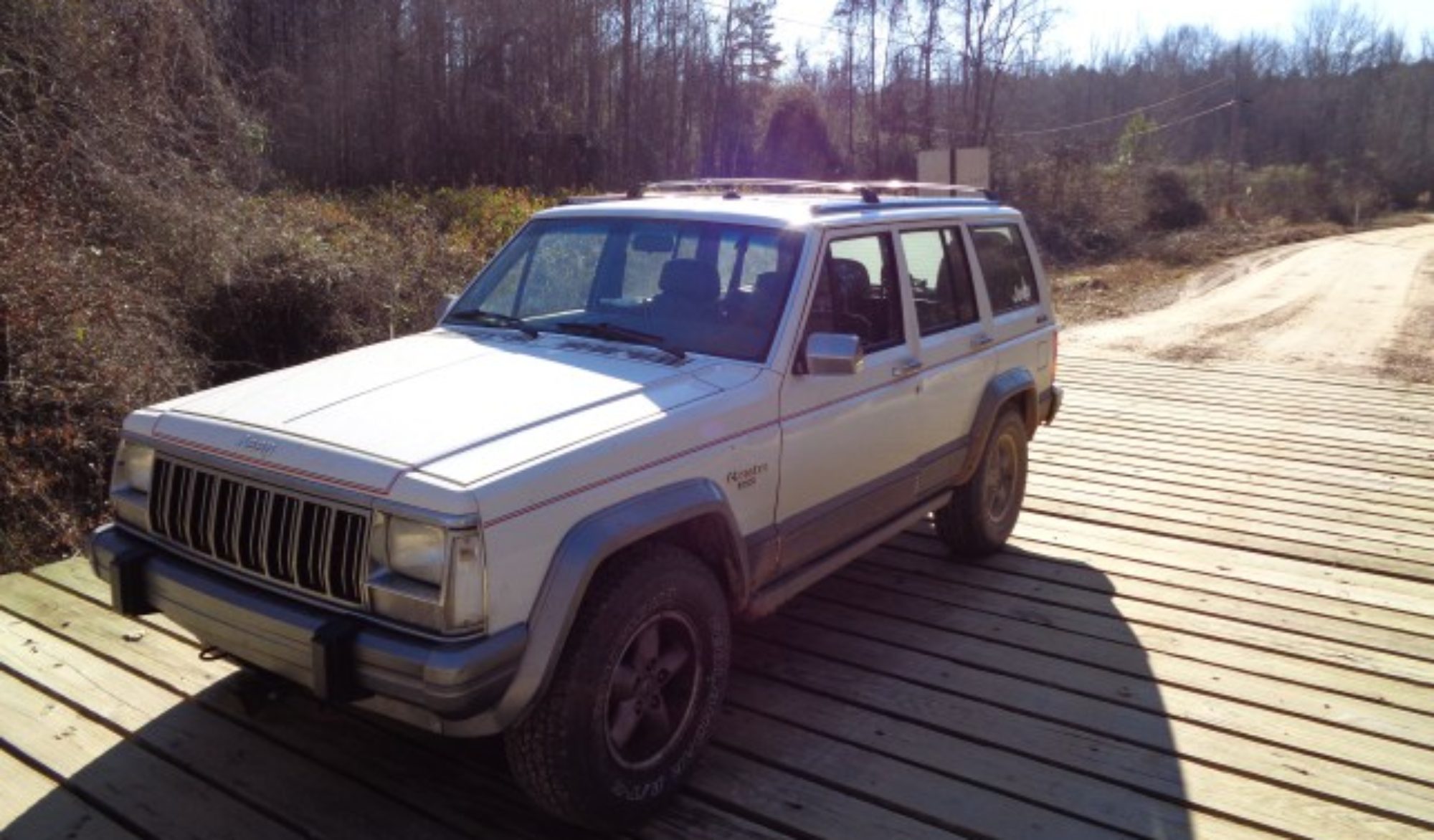How to replace the thermostat on a Jeep Cherokee
The thermostat controls the engine temperature in the Jeep Cherokee. It is located at the front of the cylinder head inside the water outlet. The thermostat limits coolant flow until the engine reaches 195 degrees F. With the thermostat open, coolant is free to flow to the radiator to be cooled. The thermostat opens and closes to regulate the flow and maintain the proper operating temperature for the engine.
Automotive thermostats consist of a wax pellet that melts at a predetermined temperature. As the wax melts, it opens the valve in the thermostat. As the valve ages, it can become partially stuck in either the open or closed position. Also, so thermostats have a latching mechanism that prevents the thermostat from ever closing again if it exceeds a certain temperature such as in an overheating episode.
To change the thermostat, you must remove the water outlet from the cylinder head. The outlet is held in place by two bolts. The upper bolt is easy to access. However, the drive belt blocks the lower bolt.
While it is possible to work around the belt, it is usually easier and less frustration to loosen the belt and move it out of the way. It is especially hard to get the bottom bolt started into the hole correctly with he belt in place.
When the system is opened, coolant will be lost. Either park the Jeep where the coolant can be collected or drain the radiator by removing the lower radiator hose. Either way is messy, so be prepared. Remember that anti freeze is toxic to pets and wildlife.
Remove the two hoses from the water outlet. Remove the two bolts. Gently pry the water outlet off. More coolant will likely come out at this point. The thermostat will likely stay in the head. Gently pop it loose.
Clean the mating surfaces of any old gasket material and corrosion. Attach the new gasket to the water outlet. If the new gasket does not have an adhesive use something like Permatex to attach it to the outlet piece. Install the new thermostat in the recess in the head. It should stay put. If it does not, try a spot of gasket sealer to hold it in place. If it slips out of the groove while installing the water outlet, it will cause a leak.
Place the water outlet over the new thermostat and install both bolts. Tighten them evenly. If you loosed the belt, tighten it now.
Leave the water hoses off and add coolant until it comes out the heater hose connection. Install the heater hose. Continue to add coolant until it comes out the larger connection. Install that hose. Continue to add coolant to fill the system.
There will likely still be some air in the system. Either remove the temperature sensor at the back of the head to bleed the air or heat cycle the engine a couple of time to purge the air.
Check for leaks. Test-drive the Jeep to make sure the new thermostat controls at the correct temperature. If the engine has been running too hot or too cold due to a bad thermostat, the computer may take time to adjust. There may also be other damage that caused overheating such as a leaking head gasket. The Jeep 4.0 engine is pretty tough and can survive some overheating. Recheck the coolant level again after the engine cools off.







